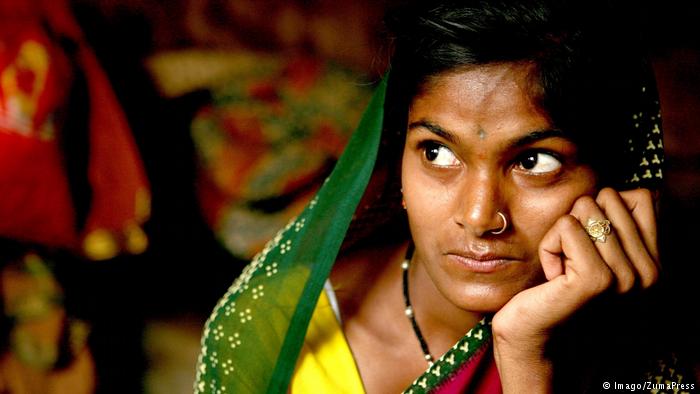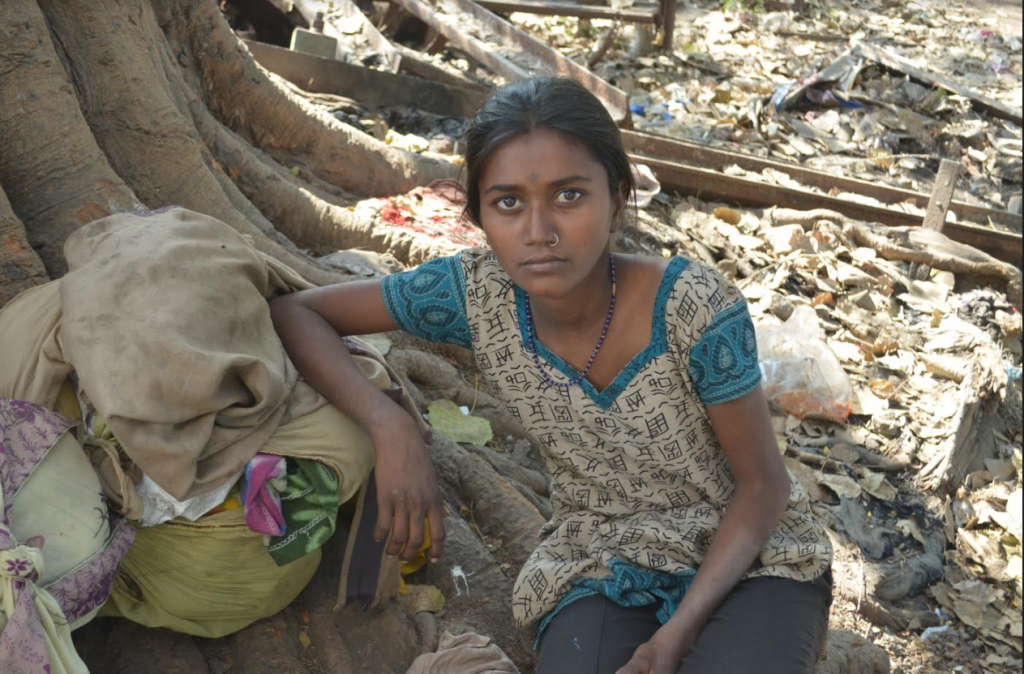As tourists flock to Indian Himalayas, women lead plastics clean-up
The steady environmental deterioration in the Indian Himalayas spurred more than 4,000 volunteers to take measures to tackle plastic waste.
Tsering Chondol, 60, remembers a time when the water that flowed through the town of Leh, high in the Himalayas in India’s far north, was pristine.
“We used to drink directly from the streams – until our land became a tourist hub,” said Chondol, wearing a traditional black gown and a red scarf.
Leh is the largest town in the remote region of Ladakh, where locals have long wrested a living from herding goats and tending barley and wheat fields, ringed by 6,000-metre (19,685-foot) snow-capped peaks.
Buddhist monasteries that dot the landscape are a reminder of ties to its eastern neighbour, Tibet.
But as members of India’s burgeoning middle-class have ventured in increasing numbers to holiday in Ladakh’s tranquil, lunar-like terrain, its resources have been put under strain, threatening its fragile ecosystem.
More than 277,000 tourists visited Leh last year alone, the local tourism body said – twice the number of residents in the region. The result: vehicles clogging narrow roads, and much more pollution, particularly sewage and plastic bags.
“With the arrival of lots of tourists, people gradually forgot about the traditional ways of keeping the surroundings clean,” Chondol said, adding that the convenience and popularity of plastic bags had made matters worse.
Rigzin Spalgon, who heads Leh’s municipal committee, said that a decade ago the city produced almost no waste.
“All of a sudden we started generating more than 20 tonnes of waste and a lot of sewage per day,” Spalgon said.
The steady environmental deterioration over the years spurred more than 4,000 volunteers in the Women’s Alliance of Ladakh, which Chondol heads, to take measures to tackle plastic waste.
“This made us to think that we have to do something about it,” she told the Thomson Reuters Foundation.
Plastic problem
The world uses up to 5 trillion plastic bags annually, the U.N. Environment Programme says, with some 15 million tons of plastics ending up in the oceans each year.
India generates 15,000 tonnes of plastic waste daily. Nearly half ends up in landfills, on the streets, and in drains and sewage systems, according to India’s Central Pollution Control Board.
The issue of plastic pollution has caught the attention of India’s government, which in June pledged to eliminate all single-use plastics in the country by 2022.
The Jammu and Kashmir region, where Ladakh is located, has moved faster: in January this year it banned plastic bags outright. Using a plastic bag carries a fine of 5,000 rupees ($73) or up to one month in jail, or both.
“We were able to make Ladakh free of plastic carry-bags all because of the efforts of Women’s Alliance of Ladakh. They initiated the whole process and later ensured that the ban on plastic bags works,” said Spalgon.
Plastic police
Half of India’s states and union territories have introduced a ban on plastic bags, yet many shoppers remain wedded to them. Plastic waste litters the streets of the South Asian nation.
“Historically, we have had a very poor record of plastic ban implementation, with most governments only providing lip service,” said Pratibha Sharma from the campaign group Global Alliance for Incinerator Alternatives.
Megha Shenoy, a researcher at the India-based Ashoka Trust for Research in Ecology and the Environment, said broader action was needed.
“Governments need to work with citizens to collect fines, and companies need to be held accountable in terms of their environmental and social responsibilities,” Shenoy said.
Enforcing plastic bans also depends on people power, said Shakil Romshoo, head of the earth sciences department at Kashmir University.
“The reason why these bans don’t make an impact in India is very simple: people are yet to get involved directly or indirectly in making these bans a success,” said Romshoo.
“The ban on plastic carry-bags in Ladakh was successful because groups like Women’s Alliance ensured people’s participation in implementing the bans,” he told the Thomson Reuters Foundation.
In Ladakh, alliance volunteers – backed by the local council and the police – inspect shops and markets up to three times a year.
They also come armed with a solution: not only do they warn locals about the damage plastic bags do in the environment, but they sell handmade cloth bags as an alternative.
The income generated from making and selling cloth bags, as well as traditional dresses, helps the volunteers continue their conservation efforts while providing them with an extra source of cash in a region where most women are farmers and housewives.
“I want to be the part of the Ladakhi women’s movement as it is helping Ladakh’s environment and agriculture, which is at risk because of the huge influx of tourists and chemical fertilisers,” said volunteer Sonam Dolma.
Chondol said the women’s group is also now campaigning to end the use of chemical fertilisers.
Its actions have had other consequences too, she said.
“Before, no one would think of allowing women to go out of the houses by themselves. Forget about allowing them taking a lead role in bringing change in the society,” she said.
“Thanks to the success of Women’s Alliance, today women in Ladakh are a force to be reckoned with,” Chondol said.
Author: Athar Parvaiz (Thomson Reuters Foundation)







